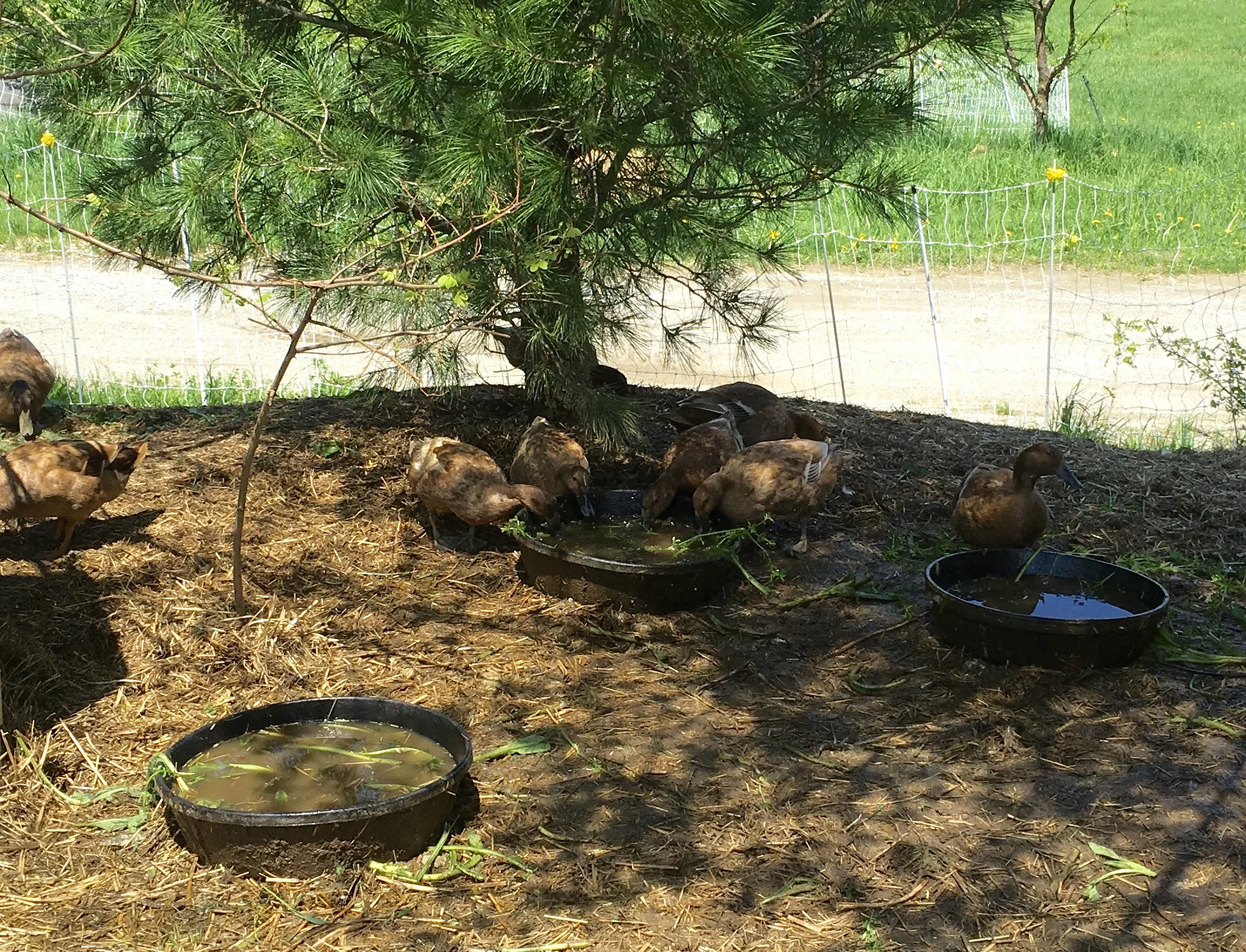Thank you Chairman Deen and Committee members for this opportunity to speak with you, and for your consideration and work in addressing the issue of coyotes in our beloved Vermont.
My name is Melissa Hoffman, speaking on behalf of the Vermont Coyote Coexistence Coalition. I originally moved to Vermont in 1994 to start an organic vegetable farm, and I currently live in Huntington, steward 1300 acres abutting Camels Hump State Forest, and make my living on and from the land. My wife is a national conservation expert and land planner.
I want to highlight and elaborate on a few points from Commissioner Porter's report, which was clearly assembled with much effort.
It’s important to emphasize the multiple values and benefits to a wide swath of Vermonters, of managing coyotes NOT solely according to population numbers, but according to population STABILITY, focussing population management on the family group in any given territory, especially when assessing hunting impacts on coyotes.
For example, stable coyote groups greatly benefit orchardists and vegetable farmers like myself by keeping the rodents in check, by consuming fruit drops, and by propagating the fruits in our system via their scat.
Stable groups are also are far more valuable to livestock farmers than are UNSTABLE groups, because stable groups protect their territories from marauding juveniles, resulting in less predation on livestock.
Stable family groups better transfer learned avoidance behaviors and fear of humans to their young, and when combined with effective coexistence and hazing strategies create even more valuable stability in the human-coyote relationship.
Stable groups better teach young where and how to hunt their natural prey, and they breed according to available natural food supply.
Stable groups are more liable to keep to themselves, maintaining their innate and PREFERRED avoidance of humans.
Freely and randomly killing coyotes destroys all of these stability benefits for EVERYONE.
Thus the importance of focussing on the QUALITY of the coyote population and not simply the numbers of animals when creating policy. This distinction alone is sufficient to warrant a limited coyote season and the elimination of killing contests.
This brings me to my final point.
Those defending hunting in general tend to invoke the "bad apple” argument to both marginalize and explain some individuals’ fervent and often grotesque coyote persecution. We must grapple with the fact that these bad apples should be measured by their impact and not only their numbers. Law and policy most often shapes itself around those who tend toward the margins of behavior, not those who live, and in this case hunt and recreate outdoors respectfully. The impact of the coyote hunter is indeed inordinate, amplified by an inherited, mistaken, irrational dedication that they are righteously protecting deer and other game species (along with pets and children) by ’shooting every coyote they see.’ No amount of ‘education’ or information seems to reverse their conviction in their own motives. Thus policy needs to step in. The fact that these people can also kill coyotes 365 days a year, do so casually in the course of hunting other animals, and do so through coyote killing contests further skews and enlarges their impact.
To further arm this particular group with the logic that, and I quote from Porter’s report: “the year-round hunting of coyotes may actually contribute to the saving of coyotes” represents a head-scratching twist of mental gymnastics that I hope we all recognize for the schizophrenic and irresponsible statement that it is. Indeed, it pours gas on the fire of those who falsely justify coyote killing as somehow providing a public service—a conclusion that the main body of Porter’s report itself contradicts.
It’s fair to say that hunting CAN be a part of an important well-thought-out conservation vision that benefits all of us—even wildlife as a totality--but in the case of an open season and with killing contests, as the majority of the report itself outlines, this is clearly not the case and our policy should definitively and swiftly adjust to reflect this truth.
Link to Louis Porter's Coyote Report, cited in this testimony: http://www.vtfishandwildlife.com/UserFiles/Servers/Server_73079/File/Hunt/trapping/Vermont%20Coyote%20Population%20Report%20to%20Legislature-2018.pdf









